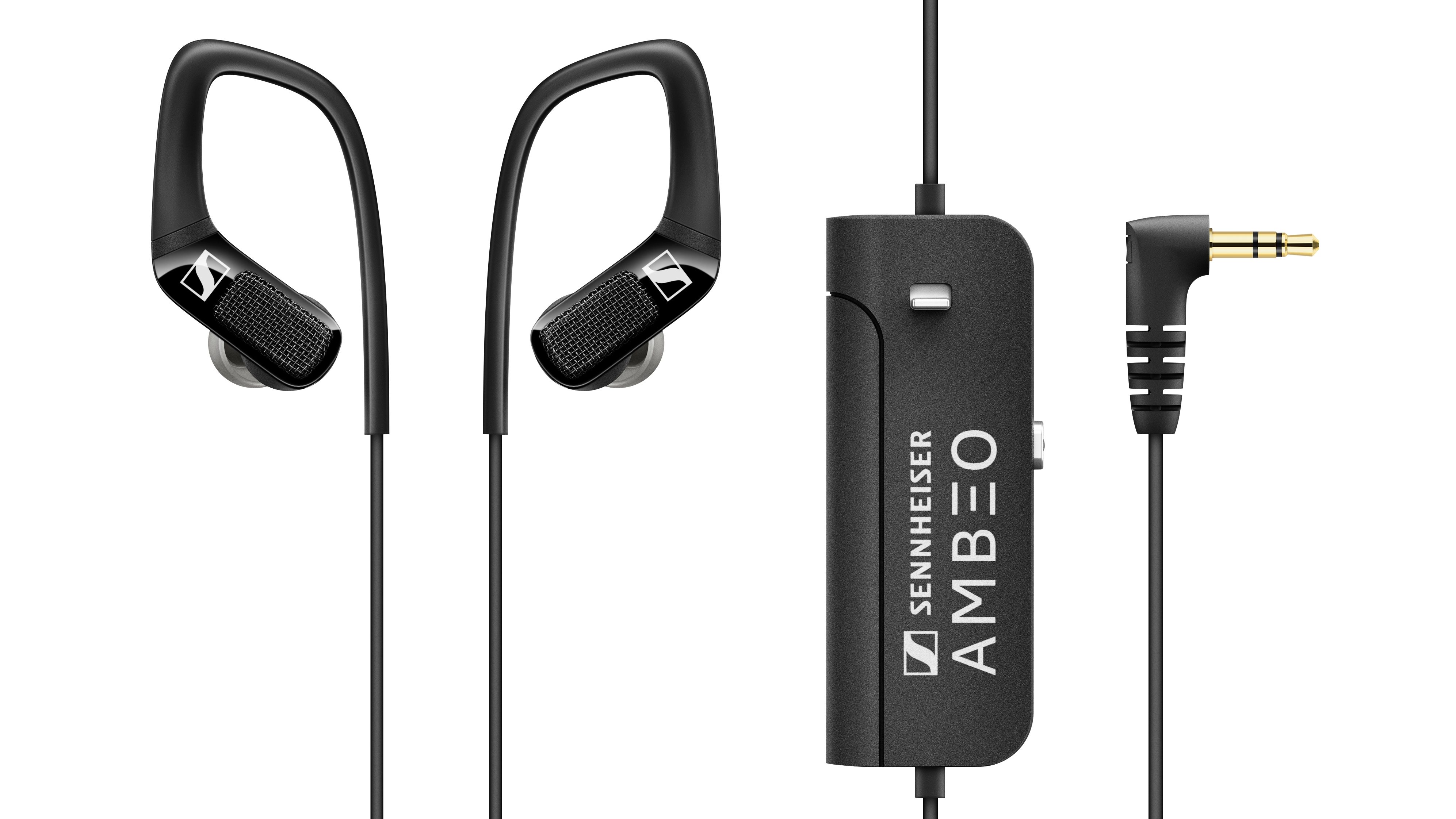Sennheiser Is Embracing Magic Leap as a Gateway to Ambient Listening
By Janko Roettgers
LOS ANGELES (Variety.com) – German headphone maker Sennheiser unveiled a dedicated set of $250 earbuds for the Magic Leap One headset at ’s L.E.A.P. developer conference in Los Angeles this week. But for Sennheiser, those new Ambeo AR ear buds are just a first step towards a future of augmented listening.
Magic Leap’s AR headset comes with integrated speakers, capable of playing spacial audio at a volume that’s good enough for most in-home experiences. There is also a headphone plug for anyone who wants better sound quality, which is exactly what the Ambeo AR earbuds promise.
However, Sennheiser’s AR buds aren’t just about making games on the Magic Leap sound better, or blocking any outside noise. Instead, they’re purposefully designed to let just the right amount of ambient sound in, and mix those sounds with what you’re hearing in AR. “That is extremely important,” said Sennheiser director of consumer business management Oliver Löbbecke. “Otherwise, it just feels odd.”
Ambeo AR does this with the help of microphones, which are integrated directly into the ear buds — a trick that allows the Magic Leap headset to hear the world just as you would, complete with changing sounds when you turn your head. Developers can then decide how much of those sounds to let in, and how to mix it with their in-app soundscapes.
Löbbecke said that in AR, most of the focus right now was obviously on the things you can see. “Everybody is focusing on the visual aspect.” He went on to argue that sound is just as important to make AR worlds believable. “The combination does the trick.”
Sennheiser partnered with Magic Leap some time ago, and the company has been independently working on ways to better incorporate ambient sound. “We have been into augmented audio for 15 years,” said Löbbecke. One result of this work is what the company calls transparent hearing, which could ultimately find its way into other consumer products as well — perhaps even some that don’t require AR headsets.
Löbbecke readily acknowledged that the company’s partnership with Magic Leap was just a first step in that direction. “We are an engineering company, and we like to play and test things,” he said. He characterized Ambeo AR as an experiment, and said that the technology needed to evolve over time.
This includes the form factor of AR glasses — something Sennheiser learned the hard way some years ago. In 2008, the company released a clunky precursor to Apple’s Airpods, years before the world was ready for such a product. The lesson, according to Löbbecke: “You also need to have social acceptance.”

